visit instagram
Abrasive Light
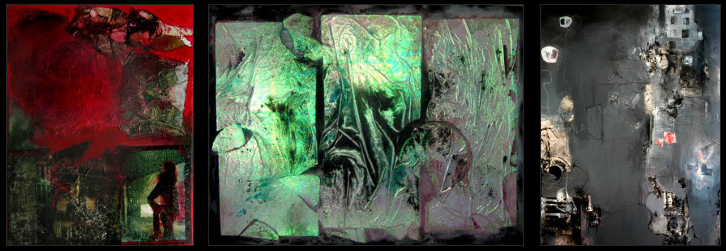 ……
……
Abrasive Light
Barbara Agreste has been making art since when very young: she used to live with her family in a house up on the hills in an far land surrounded by a forest; her drawings were inspired by fairy tales and by the vegetation and the creatures living in that landscape. When she attended the art college in the closest town, she learned life and architectural drawing techniques, and her work became more structured.
In 1993 Barbara moved to England and, after her first two years working as a dancer and performing in dance companies, she enrolled at the University of Kent, where she begun experimenting with new technologies such as 3D software animation, video and film.
When Barbara discovered these new media, she started to crossover various layers of film strips, attaching leaves, petals and all sorts of material on those plastic reels, and by making those reworked film frames move in sequence she created fantastic animations that made her art popular. These experiments with film also significantly influenced her paintings: at the first stage of her career she engaged with making informal compositions that contained very fragmented, scattered and tiny human figures.
In these two-dimensional works Barbara has been continuously embedding several layers of found photographs and prints often taken from fashion magazines into a magma of color. The original figures and faces in those photographs were crushed, reshaped into spooks or distorted silhouettes, and faded into the background: bur these figures did not belong to the narrow and oblique architectural elements that lay beneath them, they seemed not to belong to any place, as they were detached, purposely mirrored or overthrown by some reflecting surface that in turn was already devoid of a truly defined perspective.
These suspended bodies were often bound in black lines, and immersed into a vivid and violent red color to indicate that the external environment was a completely foreign place or traumatic environment, like a broken window piercing the passenger who attempts to enter it.
Barbara’s creations presented random cuts of light reflections and refractions squashed into a jumble of colors, and as a result a mixture of abstract and figurative elements fused with each other in a schizophrenic nonsensical board of possibilities.
Starting from this way of remixing shapes Barbara developed a personal way of representing the human figure, always placing it in a state of uncertainty or on the brink of an abyss, devoid of any real place in the world or power over their own destiny, and even when the figure starts to occupy all of the frame in her paintings, overshadowing the spatial context, she always manifested the need to transfigure it, choosing to accentuate their most difficult moods and the most controversial states of mind with high contrst or strong shadows.
We are in a difficult era: the sense of belonging of individuals is fading because they are being estranged and separated from “Nature”: as the natural environment is gradually eaten by roads and cities that have become endless suburbs (and the media show us a world in constant war) the only models people can identify in are those fictional and constructed characters seen in the adverts with their deceit, but inside the consciousness of many lies confusion, and the uncertainty of the future: in short, we live in an eternal present in which insecurity has become a norm and normality a privilege.
Immersed in this scenery, projecting a questioning view of everyday life in London, Barbara developed images that help her to assimilate the present, and sometimes these pictures, with their sharp and almost silvery light, seem to want to break the frantic persecution of external information and metropolitan business propulsion. Even when her paintings develop a well defined perspective and a distinguishable human form comes up in the picture, the same type of metallic light bounces on that form, so blinding that it almost breaks the surface it illuminates.
This abrasive light, if not a sign of the total rejection of the condition of precariousness and non-belonging of the self, if not resembling the gesture of hitting the world with a shot, is there to play a crucial role in the ironic staging of common helpless individuals constantly scrutinized by an unbearable ray coming from indiscreet reflectors driven by hidden and spying eyes.
The human figures that populate the most recent production of the artist, are unaware that they are being photographed by something like a hidden CCTV camera, they are just a recorded frame, and yet they are unconsciously annoyed by it: these blinded characters, are reminiscent of those in Kafka‘s books, who are distressed, have no peace, and feel under an obscure and indecipherable trial, innocent and yet expecting some kind of terrible verdict.
…
abrasive light
LUCE ABRASIVA
…
Barbara Agreste si forma al liceo artistico di Pescara apprendendo le tecniche base del disegno dal vero e della progettazione architettonica.
Tuttavia, quando nel 1993 Barbara si trasferisce in Inghilterra e, all’università del Kent, sperimenta con le nuove tecnologie quali il software d’animazione 3D ed il video per le sue creazioni artistiche, l’esperienza della continua sovrapposizione di immagini in movimento dalla struttura in divenire proprie del video influenza in modo determinante anche la sua pittura che prende la strada “informale” con la quale la composizione, non più limitata alla riproduzione di ciò che si vede, si scompone in una tavola incerta di possibilità.
Barbara nelle sue opere bidimensionali sovrappone continuamente numerosi strati di carta sulla quale sono stampate le immagini di fotografie trovate casualmente dai giornali di moda e fa sua la tecnica del collage rielaborando le figure gia esistenti: stravolge volti creando apparizioni e presenze confuse con lo sfondo, piazza frammenti geometrici che richiamano il metallo vicino a figure umane le quali, staccate dal resto del quadro, sembrano di proposito specchiate da qualche elemento architettonico a sua volta disgiunto da una prospettiva definita.
Barbara sovrappone questi tagli casuali di rifrazioni della luce ad un magma di colore e materia e porta il risultato del quadro all’unione di elementi astratti e figurativi.
Dalla dispersione di figure umane non facenti parte di un contesto ambientale nel quale collocarsi, sospese e delimitate da linee nere, e in più spesso immerse in un vivido e violento colore rosso che indica l’ambiente esterno come completamente estraneo e traumatico o come una vetrata infranta ed impossibile da valicare, Barbara sviluppa un modo personale di rappresentare la figura umana, ponendola sempre in una condizione d’incertezza o sull’orlo di un baratro, priva di qualsiasi posto concreto nel mondo o di potere sul proprio destino, e anche quando riavvicina l’obiettivo fotografico ai corpi umani e li mostra interamente mettendo in secondo piano il contesto spaziale, manifesta una certa esigenza a trasfigurare la realtà ed i colori originali degli scatti che sceglie per accentuarne le tonalità più fredde e contrastate, cosi da far affiorare gli stati d’animo più difficili, vacui o controversi dei personaggi rappresentati.
Siamo in un’epoca strana: il senso di appartenenza degli individui viene meno, le città si trasformano in perpetue periferie, non ci sono più valori ai quali attenersi e i media ci mostrano un mondo dai continui conflitti, gli unici modelli con i quali identificarsi provengono dalle immagini pubblicitarie con le loro finzioni, ma dentro le coscienze di molti si nasconde l’incertezza del futuro, si vive insomma in un eterno presente nel quale la precarietà è diventata una norma e la normalità un privilegio.
Immersa in questa realtà, proiettando una visione critica della vita di tutti i giorni a Londra, Barbara sviluppa immagini che la aiutano a raffigurare e ad assimilare il suo presente e ciò che deriva dalle sue composizioni, quando non direttamente un conglomerato di forme dagli angoli appuntiti che ricordano vetri rotti e che riflettono una luce tagliente quasi argentea a voler rompere la frenetica persecuzione delle informazioni esterne e delle propulsioni commerciali metropolitane, quando il settaggio diviene un luogo dalle prospettive definite, lo stesso tipo di luce metallica si proietta come di rimbalzo sugli elementi in esso contenuti, talmente accecante che quasi squarcia le superfici che illumina.
Questa luce abrasiva, se non parte integrante di un rifiuto assoluto della condizione di precarietà e non-appartenenza contenuto nel gesto dell’infrangere il mondo con un colpo, si trasfigura nell’ironica messa in scena di storie comuni prese dalla vita quotidiana, proiettandosi su individui che scandaglia insistentemente: figure indifese e consapevoli d’essere scrutate da riflettori insopportabili e da occhi nascosti.
L’associazione è lampante: le figure umane che popolano la produzione più recente dell’autrice, presentate come prelevate dai fotogrammi della registrazione di telecamere nascoste – ancora una volta qui è il video o la pellicola cinematografica ad influenzare nei tanti modi possibili la pittura – sotto una luce bianca accecante sembrano personaggi usciti da un libro di Kafka perché come questi sono preda di attese angoscianti, non vi è pace nei loro sguardi, si sentono sotto un oscuro ed indecifrabile processo ed aspettano chissà quale verdetto.
…
Abrasive Light
…
Barbara Agreste’s abrasive light is an article that appeared on Arte.go Magazine
…
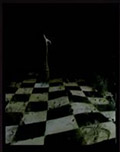

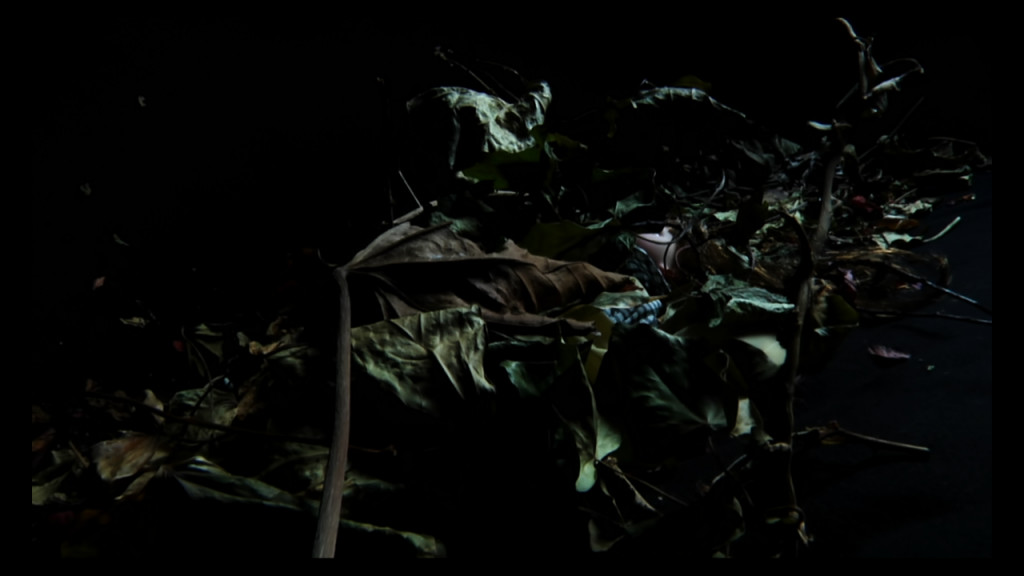
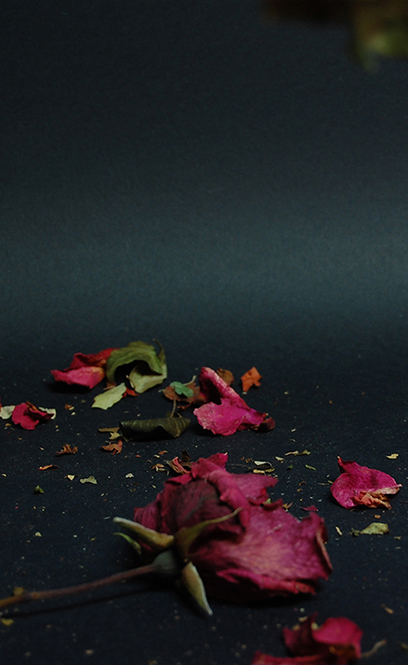




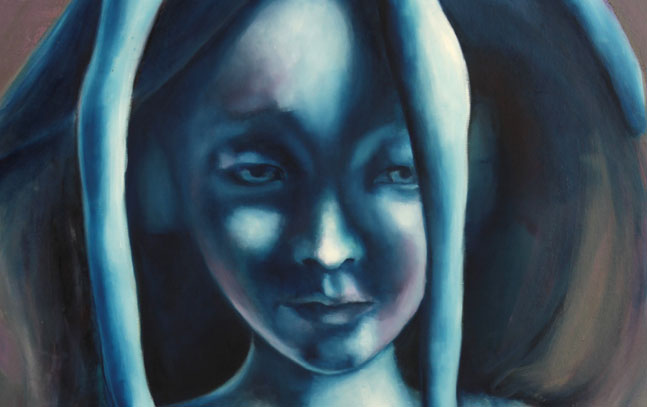
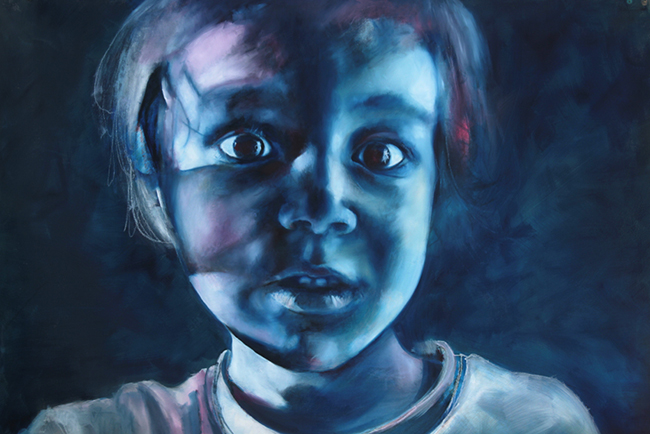
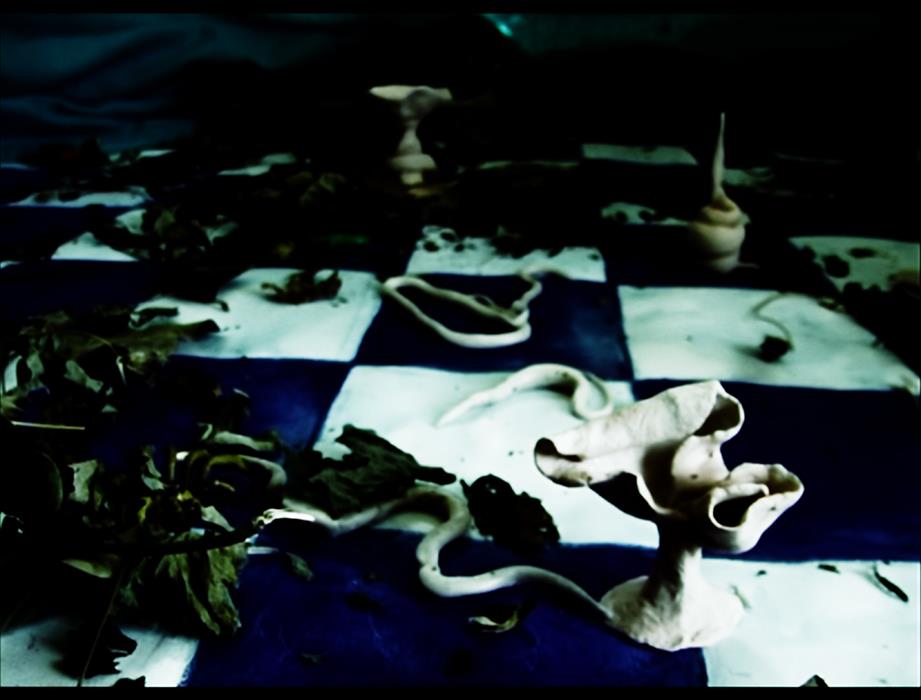
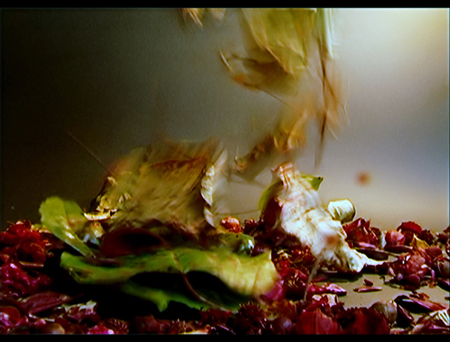


Leave a Reply
You must be logged in to post a comment.